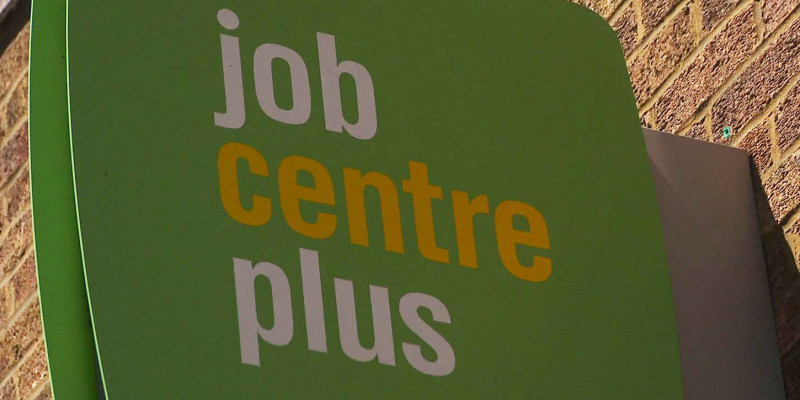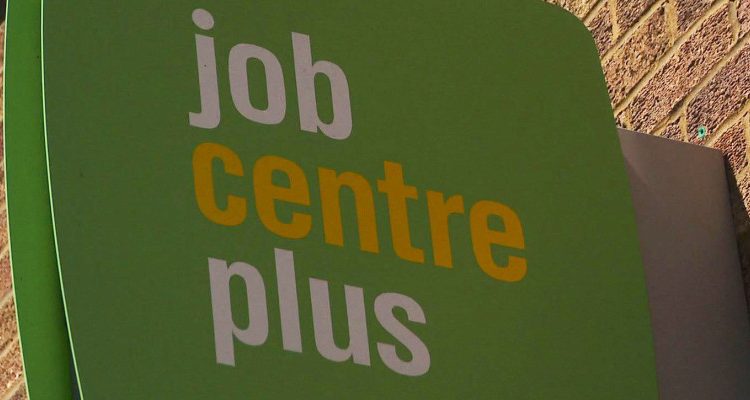Number of Mersey benefit claimants down 1.9% in November but incomes are also falling
Department for Work and Pensions says there is strong growth in permanent job vacancies in the logistics sector with hospitality and care homes also providing a steady stream of openings. Tony McDonough reports

There has been a month-on-month fall of just under 2% in the number of people claiming out-of-work benefits across the Liverpool city region, latest official data shows.
A local spokesman for the Department for Work and Pensions (DWP) told YBNews there is strong growth in permanent job vacancies in the logistics sector.
Figures from the Office for National Statistics (ONS) showed that across Liverpool, Wirral, Knowsley, Sefton, St Helens and Halton, there was 28,505 claimants in November, down from 29,045 in October and a drop of 1.9%.
The number of claimants fell in Liverpool (-2.4% to 11,290), Wirral (-3.5% to 4,085), Knowsley (-1.4% to 3,155) and St Helens (-3.6% to 2,935). Sefton saw a rise of 1% to 4,145 claimants and in Halton the number remained unchanged at 2,895.
This is all raw data and is not adjusted to take into account seasonal variations. The continued roll-out of Universal Credit also means the figures are to be treated with caution.
Liverpool city region DWP spokesman, Clive Morris, said: “On the ground were are finding there are a lot of vacancies particularly in sectors such as logistics, hospitality and care homes.
“We are pleased about the growth of vacancies in logistics and, while some of that can be attributed to seasonal hiring, we are also seeing an increase in permanent vacancies.”
Across the UK the ONS said unemployment fell by 26,000 to 1.43m in the three months to October. It means the jobless rate stays at 4.3%, the lowest since 1975.
However, the data also shows wage growth was behind inflation for the seventh month in a row reducing squeezing real incomes further. Average weekly wages rose by 2.3% in the three months to October, below inflation at 3%.
This picture is set to worsen after this week’s announcement that inflation in November hit 3.1% – its highest level in almost six years.

